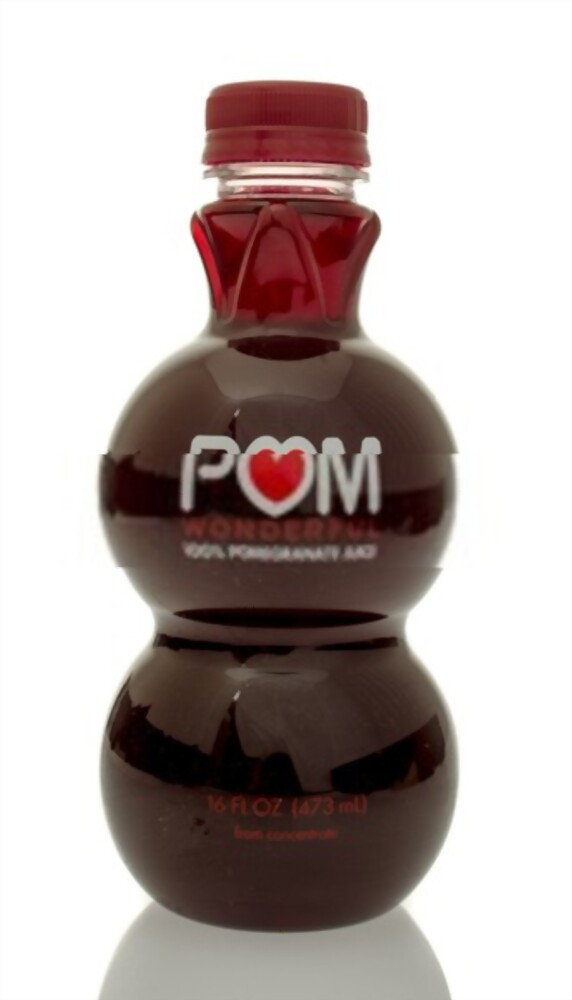You may have read in the news recently that Pom Wonderful, a marketer of pomegranate juice, was recently ordered by the Federal Trade Commission to cease from certain types of claims in its advertising. The judge, in a 335-page ruling, found that Pom Wonderful did not have adequate substantiation for claims that their pomegranate juice can prevent or treat ailments including heart disease, prostate cancer, and erectile dysfunction.
In a highly unusual response, Pom Wonderful quoted sections from the judge’s ruling, using that text in advertising. You can see the ads and a summary of the case in this article from the New York Times. You can also see the ruling, the ads, and a press release from Pom Wonderful at a site set up by Pom Wonderful, pomtruth.com.
This case has a long history. The owners of Pom Wonderful have had impressive success with marketing companies such as Fiji Water and the Franklin Mint. According to the ruling, they bought a 100 acre pomegranate farm in 1987, and now have 18,000 acres of pomegranates under cultivation.
In September of 2010, the FTC charged Pom Wonderful with making false and unsubstantiated claims that their pomegranate juice will prevent or treat heart disease, prostate cancer and other illnesses. Although the owners of Pom Wonderful have invested heavily in scientific research, the FTC concluded that the research was insufficient to substantiate the claims.
The judge’s decision was long in part because the volume of evidence on both sides was voluminous. The owners of Pom Wonderful have spent $35 million on a host of medical experts, some quite famous and distinguished. The matter also involved marketing experts on both sides, a linguist, and even a survey.
Pomtruth.com shows selected statements from the ruling, such that those that discuss the health benefits of pomegranate juice, or Pom Wonderful’s scientific evidence. Marion Nestle, a Professor at New York University who studies food and nutrition issues, has provided an interesting analysis comparing the statements that Pom displays side by side with text in the judge’s decision that immediately followed the sections quoted by Pom.
Professor Nestle believes that the ads quote the ruling out of context. I’ll leave you to judge for yourself.
This matter has likely not yet reached a final conclusion, as appeals are likely. In the meantime, there are some lessons to learn for matters involving claim substantiation and false or misleading advertising:
- Advertisers must have substantiation in place before they make a claim.
- The level of substantiation for a claim must closely match the message or messages that the average consumer would take away from the ad.
- The standards for survey research in these types of matters are far different than the standards for commercial research. Surveys for claim substantiation or false/misleading advertising must be designed and conducted in a way that will withstand close scrutiny from highly qualified experts.
- Government agencies, such as the FTC, take seriously their role to protect consumers from claims they view as false or misleading. However, the question of exactly what a company can say, and exactly what should be done to prevent an unsubstantiated claim, is complex, combining elements of the law, marketing, and science.
Dr. Bruce Isaacson
President
MMR Strategy Group
